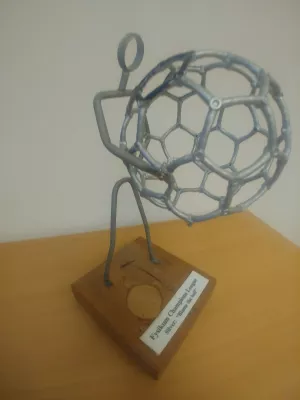
Balazs Konya
Researcher

A strategy for a general search for new phenomena using data-derived signal regions and its application within the ATLAS experiment
Author
Summary, in English
This paper describes a strategy for a general search used by the ATLAS Collaboration to find potential indications of new physics. Events are classified according to their final state into many event classes. For each event class an automated search algorithm tests whether the data are compatible with the Monte Carlo simulated expectation in several distributions sensitive to the effects of new physics. The significance of a deviation is quantified using pseudo-experiments. A data selection with a significant deviation defines a signal region for a dedicated follow-up analysis with an improved background expectation. The analysis of the data-derived signal regions on a new dataset allows a statistical interpretation without the large look-elsewhere effect. The sensitivity of the approach is discussed using Standard Model processes and benchmark signals of new physics. As an example, results are shown for 3.2 fb- 1 of proton–proton collision data at a centre-of-mass energy of 13 TeV collected with the ATLAS detector at the LHC in 2015, in which more than 700 event classes and more than 10 5 regions have been analysed. No significant deviations are found and consequently no data-derived signal regions for a follow-up analysis have been defined. © 2019, CERN for the benefit of the ATLAS collaboration.
Department/s
- Particle and nuclear physics
- eSSENCE: The e-Science Collaboration
Publishing year
2019-02-06
Language
English
Publication/Series
European Physical Journal C
Volume
79
Issue
2
Document type
Journal article
Publisher
Springer
Topic
- Subatomic Physics
Status
Published
ISBN/ISSN/Other
- ISSN: 1434-6044

